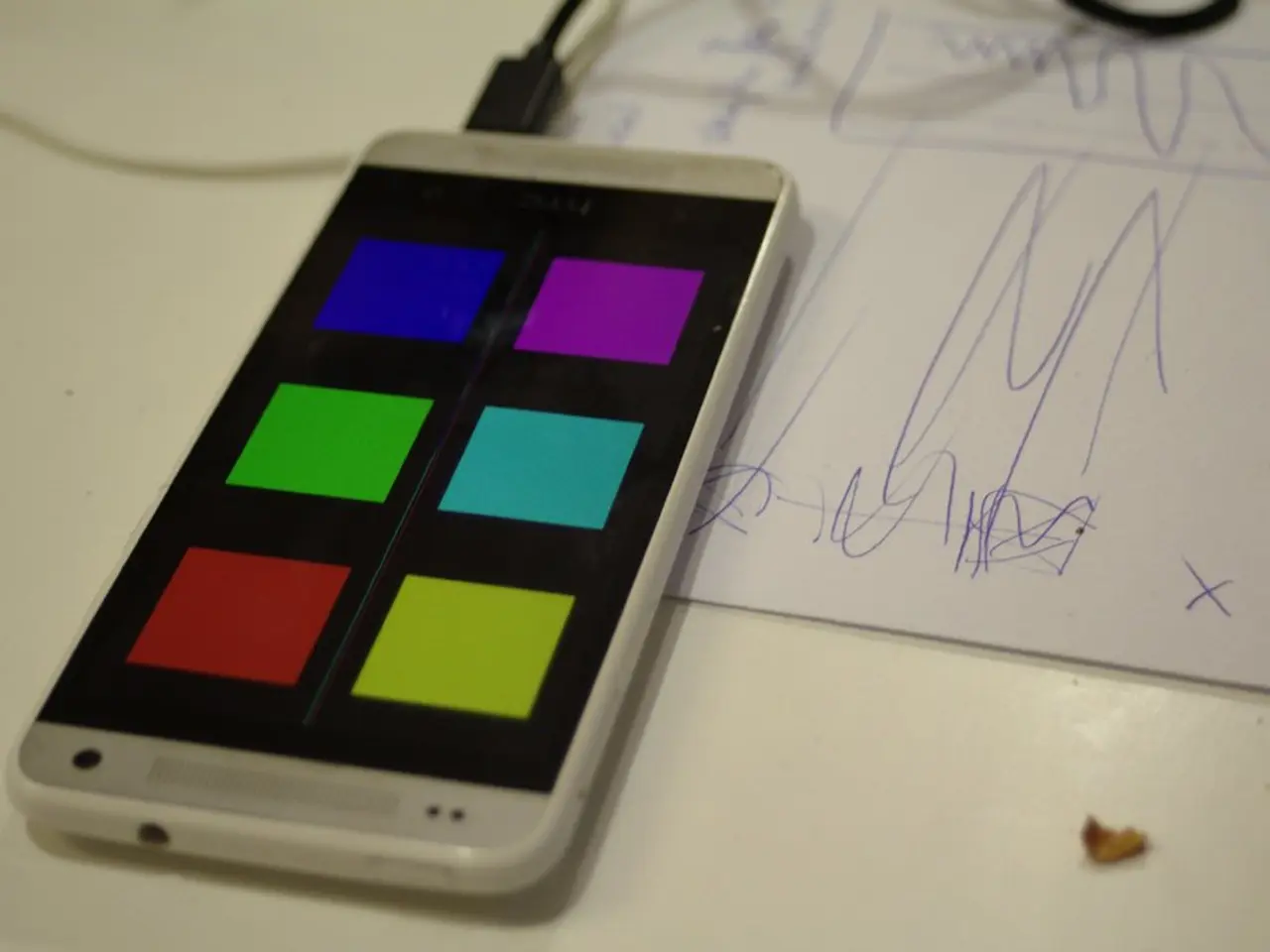EU's mandate for standardized mobile device chargers officially takes effect
In a significant move towards environmental sustainability and consumer convenience, the European Commission has enforced a new law known as the EU single charger rule. This rule mandates that most electronic devices sold in the EU, including smartphones, tablets, cameras, headphones, and several other portable electronics, must use a common charging port, specifically USB-C.
The aim of this rule is threefold: to reduce electronic waste, simplify charging for consumers, and help create a more sustainable electronics market. The law applies to a wide range of consumer electronics and ensures that chargers and devices can be sold separately, making it easier for consumers to reuse existing chargers.
Manufacturers need to redesign their products to be compatible with USB-C connectors, which may incur additional costs for the transition. They must also comply with charging speed harmonization requirements to ensure efficient and safe charging. Some manufacturers, especially those previously using proprietary chargers, have faced challenges adapting their product designs and supply chains. However, the rule may simplify logistics and reduce costs in the long term, as a single charger type can be standardized across product lines for the EU market.
Consumers stand to benefit from greater convenience as they can use one common charger for multiple devices. This reduction in the number of unused chargers contributes to less electronic waste. Potential cost savings can also be realised as chargers can be bought separately or reused. Improved device interoperability and charging safety are also expected due to standardized protocols.
Starting today, all new devices sold in the EU must be equipped with a USB Type-C charging port. Companies were given until December 28, 2023, to adapt, with laptop manufacturers having extra time until early 2026. The EU has stated that the single charger rule will simplify the lives of Europeans and reduce costs for consumers. The new law is expected to cut more than a thousand tonnes of EU electronic waste every year and save at least €200 million ($208 million) per year.
Notably, Apple, the world's largest smartphone seller, did not comply with the single charging norm initially, continuing to use Lightning ports. However, by September 2022, Apple had begun shipping phones with the new port. Other manufacturers have maintained their alternative cables, leading to about half a dozen types of cables in the market.
The EU single charger rule is a step forward in fostering environmental sustainability and consumer convenience, impacting manufacturers through product redesign and standardization, while benefiting consumers with simplified charging and reduced e-waste.
- To align with the EU single charger rule, smartphone manufacturers like Apple, despite initially using proprietary Lightning ports, have started adopting USB-C connectors to ensure compatibility with the mandated standard, thereby facilitating the reduction of electronic waste.
- The implementation of the EU single charger rule in the EU market will promote the use of a common USB-C charger among various gadgets like smartphones, tablets, and cameras, ultimately simplifying charging for consumers and contributing to less electronic waste.




